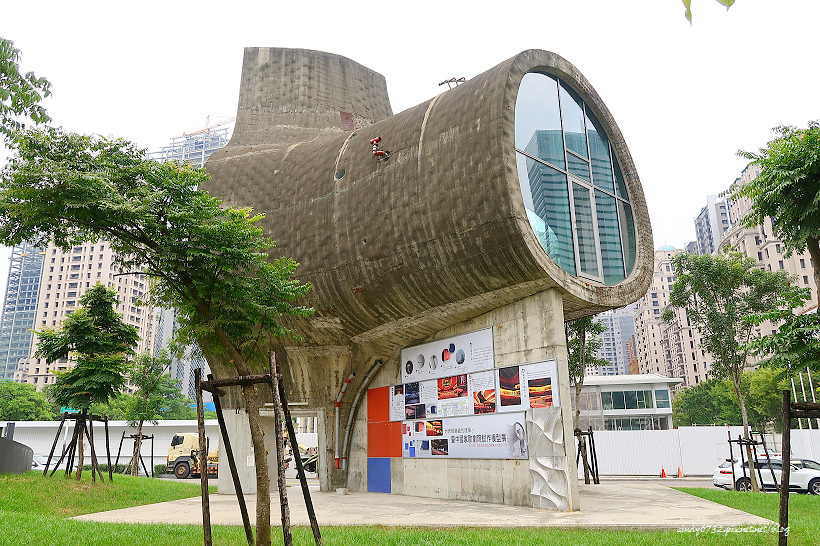2. Practice "Poetics of design fictions" design process
https://en.wikipedia.org/wiki/Aesthetics
Questions:
What is "speculation"? What is speculative design? What is aesthetics of speculation?
naive realism 素樸實在論. modal realism (MR) 模態實在論, possiblist realism 可能主義實在論, speculative realism (SR) 推測實在論
pragmatist aesthetics 實用主義美學 (Dewey), speculative aesthetics 推測美學
學生報告分享 (4/22):
用一張照片(拍攝或下載均可)或繪圖,詮釋"神經喚術士"第一、二章的一個情境,(可以搭配書中句子)
學生報告 (4/29):
speculative aesthetics around the life world:
請觀察生活周遭, 拍照片表達奇異的推測美感(aesthetics of speculation)、技術詩意(techno-poetic)、類平行世界、almost impossible reality。
參考: Lynne Cohen, Lucinda Devlin, Mike Mandel and Larry Sultan
Lars Tunbjörk’s Alien at the Office (2004) (mundane spaces that seem extraordinary. Yet these alien spaces are where many people spend their working lives)
http://www.lucindadevlin.com/
Lucinda Devlin's photos:
Lynne Cohen's artworks:
http://www.lynne-cohen.com/Lynne Cohen’s Occupied Territory (1987)
Taryn Simon’s An American Index of the Modern and Unfamiliar9 (2007)
Richard Ross’s Architecture of Authority10 (2007)
(The above three examples reveal spaces that we know must exist but have no idea how they look. They have a harsh, inhuman quality, stripped down to the absolute essentials, emphasizing their purpose.
but ghoulish spaces—execution chambers, the places where the state, on its
citizens’ behalf, takes people’s lives. They are clinical, easy-to-maintain,
brutally engineered environments designed to achieve one purpose—the
humane killing of human beings. They include safety measures, provision for
last-minute retrieval, and the need for the event to be witnessed.
Larry Sultan's Untitled Evidence:
laboratories, test sites, and industrial facilities, presented without captions
or other information. They compel us to interpret what is going on, to project
stories and meanings onto them, illustrating that even objective records are
rarely neutral.
For us, these are the proto-images for an aesthetics of speculation. They
suggest a techno-poetic landscape situated somewhere between what we are
and what we have the potential to become.
Deadline: 2020/4/29
印出兩張與同學交換。
印出兩張與同學交換。
Questions:
What are the possible qualities of speculative aesthetics? for example:
out-of-place,
out-of-time,
multiple possible worlds,
hidden truth,
object's viewpoint,
other unknown actor's viewpoint,
other species viewpoints
withdrawal,
resistance,
object's enjoyment (allure, emotion),
non-human (machine, AI)'s perspective,
strange object-to-object relationship,
...
Constructively identify at least 20 qualities by concluding classmates' sharing.
Example :
國家歌劇院的試作模型
Reading:
Speculative aesthetics
Speculative Aesthetics and Object-Oriented Inquiry (OOI),” by N. Katherine Hayles
Graham Harman: “Aesthetics as First Philosophy"
p. 159:
The essential move here is to identify aesthetics with “enjoyment” (Levinas’s term) or “allure” (Harman’s) so that the sensual qualities of objects in which other objects “bathe” is understood as an essentially aesthetic response. Thus aesthetics is generalised so that it applies not only to humans but to all objects, including inanimate ones.
p. 167:
Following Harman, Bogost accepts that “all objects recede interminably (沒完沒了的) into themselves,” which implies that putting things “at the center of a new metaphysics also requires us to admit that they do not exist just for us.”p. 168:
"we never understand the alien experience, we only ever reach for it metaphorically.”p. 169:
"Where I begin to depart from Bogost and Harman is on the issue of how objects manifest themselves. Whereas they emphasise an object’s allure, the attraction it emanates for other objects, more important in my experience is the resistance objects offer to human manipulation and understanding"
"The difference between resistance and acquiescence is that acquiescence is always metaphoric, whereas resistance is decisive: “Whatever I am, I’m not that,” an object can respond to human probing."p. 178.
"I ended by arguing that the way to escape anthropocentrism is precisely through an imaginative projection into the worldviews of other objects and beings, based on evidence about their ways of being in the world,"

沒有留言:
張貼留言